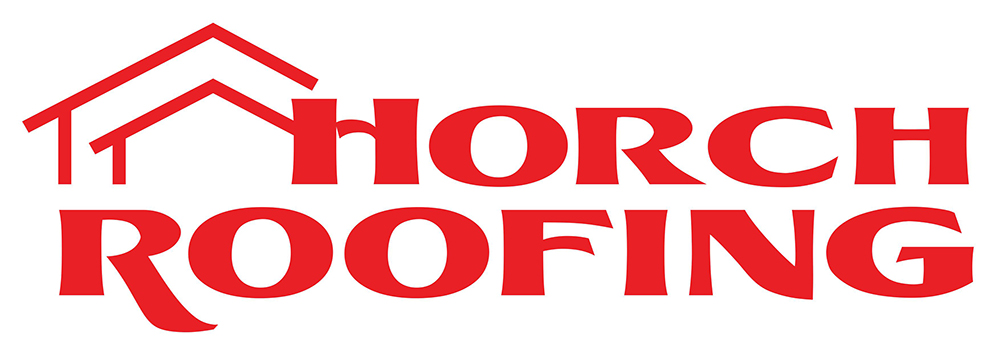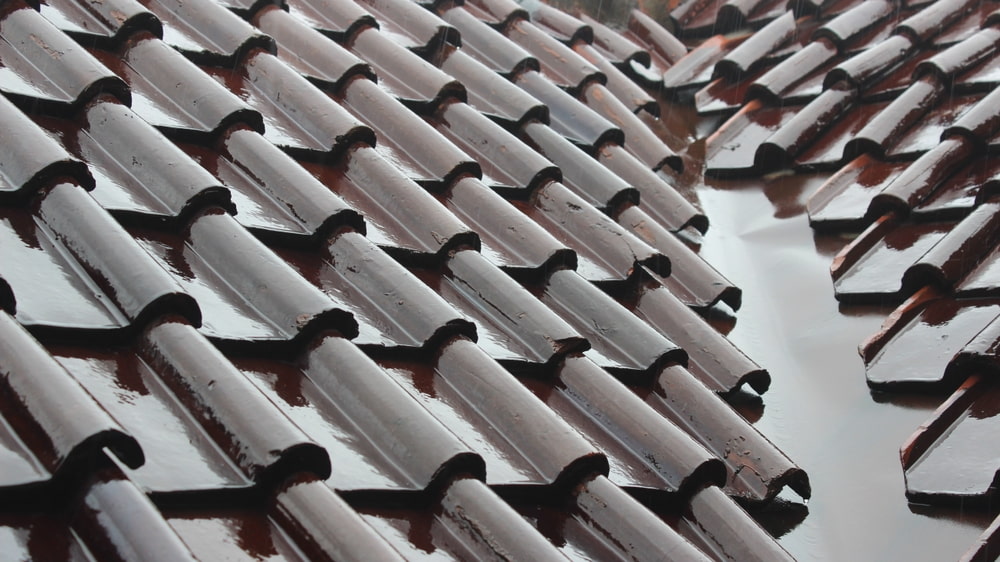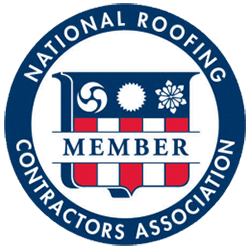What does condensation on the roof mean?
Issues leading to roof condensation usually occur in winter and early spring when temperatures are low. When condensation develops in attic spaces and is trapped in that area, it creates a risk of damage to all of the material it comes in contact with, including the structure itself. Let’s dive deeper, hoping to help you recognize and address the issue in time.
Why does it happen?
Roof condensation occurs on the underside of a building’s roof, or on structures within the attic or crawlspace. It’s similar to the condensation you may see on a glass on a hot summer day. This issue is often caused by improperly installed insulation, which traps warm air near the roof. It can also result from improper vapor barrier installation, insufficient ventilation, or excess moisture in the building.
A typical household produces moisture from activities like cooking, showers, and laundry. During warmer months, this moisture evaporates and rises. If the ceiling or attic space is not properly sealed, this vapor can become trapped, creating a much warmer environment than the rest of the house. Improper insulation installation or inadequate attic ventilation prevents the moisture from drying out completely. As the attic cools at night or in winter, the water condenses back into a liquid.
What to do about it?
This issue is not uncommon and can affect both new and old homes, but you should always address it as soon as possible. If you are concerned about roof leaks, don’t delay seeking help. Moisture in the attic can lead to structural damage and mold buildup. A weather-tight, properly ventilated home is essential for safety.
Simple steps
To manage indoor humidity, homeowners can start by installing dehumidifiers, using fans, and promoting adequate airflow. These measures are crucial in controlling the moisture levels that contribute to condensation.
Intermediate measures
Further protection involves resealing the attic or ceiling with vapor-retardant paint or barriers so that the water doesn’t reach the roof. However, this is generally not a DIY task and should be handled by the experts. Professional experience and equipment are key to correctly diagnosing and resolving these issues.
Prevention as a strategy
With this issue, prevention is key. This includes fixing potential leaks and sealing areas around HVAC ducts, chimneys, attic hatches, and top plates. Bulkheads, drop ceilings, and skylights, as well as small holes from wiring or plumbing need to be inspected for damage or leaks and professionally sealed as well.
Regular inspections
Regular inspections by ventilation and condensation experts are crucial. Depending on the root cause of roof condensation, solutions may vary. This could include checking ventilation systems to ensure they aren’t sealed off or adjusting foil barriers over insulation for better breathability. Consulting a home performance specialist is a good first step in identifying and tackling condensation problems.
How do I find a professional to help me fix condensation on my roof? 
Horch Roofing is Maine’s trusted roofing contractor, serving communities from Kittery to Bar Harbor since 2003. Whether you’re looking to winter-proof your home, check your roof’s capacity to handle snow buildup, or need help with removing snow from your roof, our expertise covers all your needs.
Aside from maintenance and repair for winter and throughout the year, we cover high-quality installations and replacements of asphalt shingle, standing seam metal, and EPDM rubber roofing, as well as seamless gutters for both residential and commercial properties. With us, estimates are complimentary!
For peace of mind this winter, reach out to us at (207) 273-1111 or contact us online for reliable and professional assistance!







